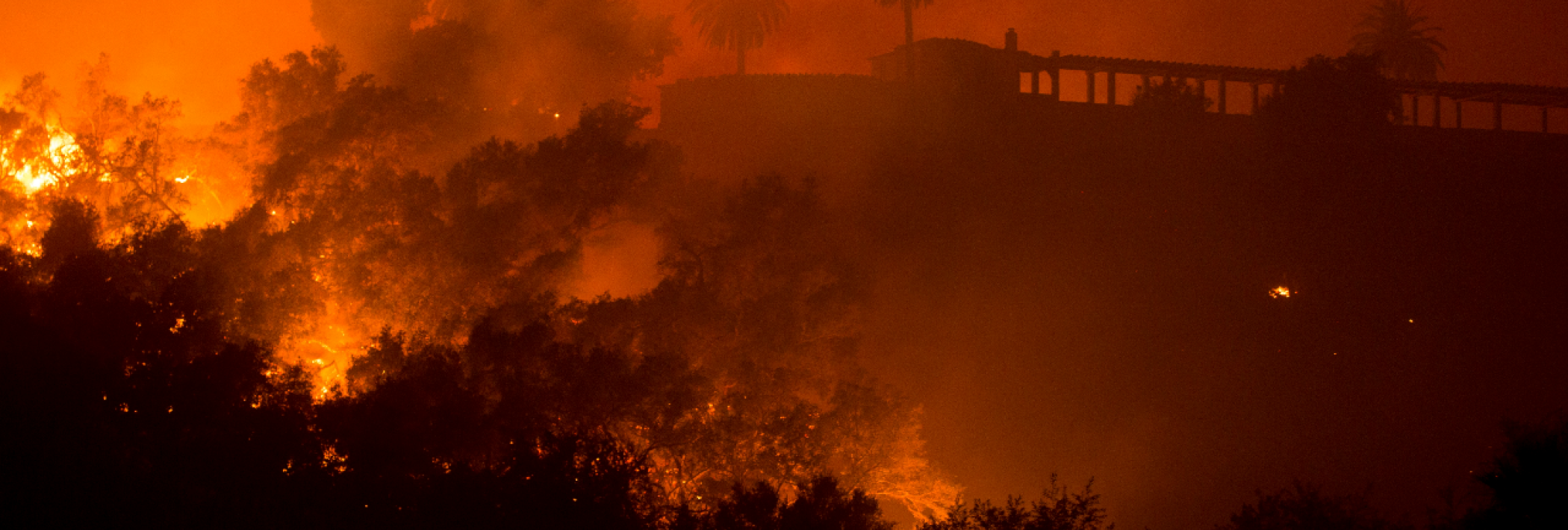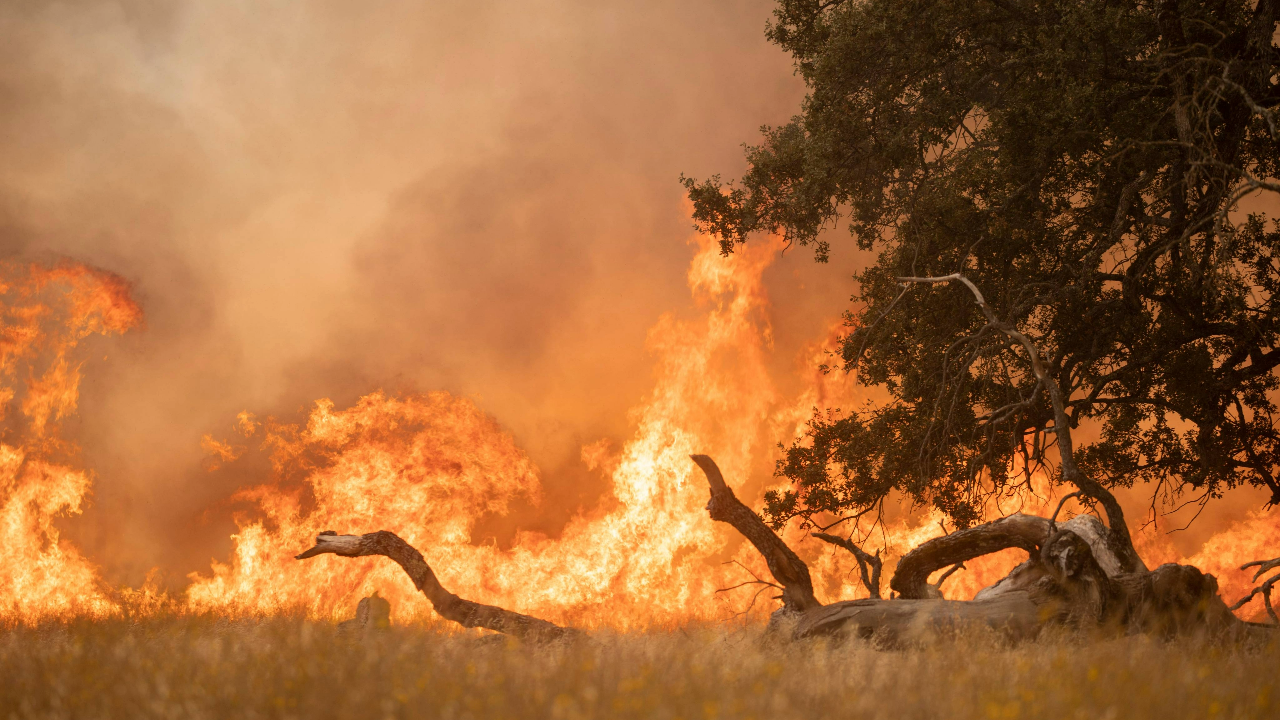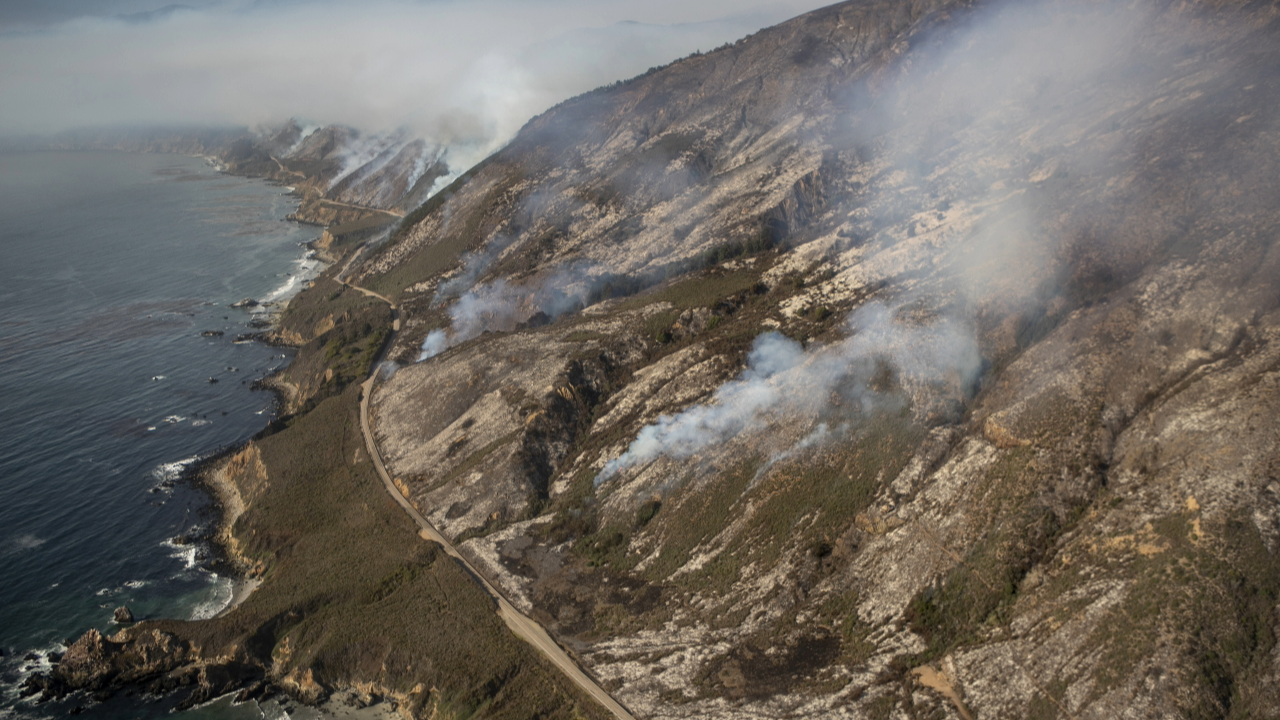
UCLA and Climate and Wildfire Institute (CWI) are partnering to accelerate climate and wildfire solutions
Mitigating the Climate and Wildfire Crisis
CWI@UCLA will be the first formal research partner to the Climate and Wildfire Institute (CWI), charged with coordinating research community to answer questions related to climate and wildfire challenges. With this charge, CWI@UCLA currently has three main objectives:
- Establish a premier climate and wildfire research hub, delivering solutions-oriented research to aid in decision-making and accelerate impact.
- Foster a research culture of selfless collaboration and deep engagement that attracts world-class researchers from around the world
- Develop, inspire and prepare the next generation of solutions-oriented, critical thinkers

Wildfires are Burning with Increasing Frequency Around the World
An up-close look at the impact of wildfires here in California:
Wildfire is a natural part of many ecosystems, but we have undoubtedly entered a new era of “megafires”.
Each year, these megafires injure and kill people and wildlife, destroy homes and livelihoods, consume acres of chaparral and shrubland, wreak havoc on the local economy and power grid, and pollute the air for millions living in urban areas.
- 2020 ranked as the most destructive wildfire season in California’s recorded history, with more than 4.4 million acres burned - that’s 4% of the state’s land area
- ~25% of the state’s population (11 million people) live in a high-risk fire zone
- There are 58 projected high fire-risk days/year (if average temperature in Southern California increases by 9 degrees Fahrenheit by 2100)
- $20B dollars in damage to California’s economy annually
- Estimated cost of $1.76B to suppress California wildfires in 2020-21
While wildfires are a natural part of the region’s landscape, the fire season is starting earlier and ending later each year. The frequency of fire is far greater than what is natural for the ecosystem, and more acres are burned than ever before. Climate change is a key driver of this trend. Warmer spring and summer temperatures create longer, more intense dry seasons that increase moisture stress on vegetation, making it more likely to burn. Santa Ana winds are blowing even hotter and drier, making wildfires bigger and more intense.

It Will Take a Coordinated, Long-Term Research and Policy Strategy to Develop Interventions
The increasing threat of climate change and wildfire on California’s diverse and, in many cases, threatened ecosystems—from the forests of the Sierra Nevada to the chaparral of the San Gabriel Mountains–demands a targeted and collaborative approach. This approach will require deep engagement of communities and cross-sector leaders to identify and prioritize needs, then rallying experts at leading institutions across the world in a collaborative, focused, and impactful way.
CWI is a boundary organization that brings communities and cross-sector leaders together, and has charged UCLA to bring together the research community. This partnership will allow the best science to quickly be put into action to build climate and wildfire resilience, and fulfill CWI’s pursuit of accelerating solutions to the era’s most pressing wildfire and climate challenges. When fully realized, CWI@UCLA will further fulfill the vision of CWI to support collaborative initiatives aimed at building resilience to climate change and wildfire. At its core, this initiative is a fantastic representation of the collaborative, solutions-oriented action that we know is needed in our pursuit of climate and wildfire resilience in California and beyond.
A Premier Climate and Wildfire Research Hub with Full Service Environmental Modeling and Prediction
As a foundational research partner to CWI, CWI@UCLA will leverage UCLA’s existing portfolio of world-class expertise across the landscape of environmental modeling. This encompasses expertise in models of the climate, ocean, air quality, forests and ecosystems, as well as wildfire behavior. The result will be a full service climate and wildfire modeling and prediction system unlike any other in terms of flexibility, sophistication and accuracy at local and regional scales.
CWI@UCLA will work hand-in-hand with CWI staff to identify critical research gaps, and then deliver groundbreaking research that is of value to stakeholders. CWI@UCLA will move beyond existing science at an accelerated pace and become the "go-to" source of high-quality science and technology related to landscape resilience and predictive tools. Its primary research goals will be to:
- Advance climate science, wildfire and air quality modeling in service of wildfire prediction
- Produce impactful research that provides direct benefits to our local communities, demonstrating lessons learned and best practices for other regions
- Develop solutions-oriented scientific research outcomes that translate into policy guidance related to climate and wildfire
For CWI to accomplish its goals, there will have to be sustained collaboration and communication between researchers and stakeholders to define research priorities and continuously deliver research that can be applied in real-world scenarios.
CWI@UCLA will take the lead in aggregating and coordinating the research community to nourish an inter-institutional, interdisciplinary research culture. The members of this community will be committed to producing societally impactful knowledge, and making sure it’s understood by policymakers.
CWI@UCLA will be situated as a hub at the center of a collaborative network, bringing together experts from leading institutions across the world through collaborative projects, programming and events.
